Europe's most secluded beaches offer access to natural coastal environments that remain undeveloped due to their distance from major tourist centers. These locations span from the volcanic black sands of Iceland's southern shores to the pink-tinted beaches of southwestern Crete, formed from crushed seashells. Many require hiking through nature reserves or boat transfers to reach. Protected coastlines feature distinct geological characteristics: limestone cliffs eroded into natural arches along Portugal's Algarve, basalt columns rising from Norwegian fjords, and serpentine rock formations containing high magnesium content in Cornwall. The beaches exist within varied ecosystems, from Mediterranean scrubland surrounding Sicilian coves to Arctic conditions where granite mountains shelter narrow sand stretches in the Lofoten archipelago. These sites attract visitors seeking alternatives to developed resort areas. Access methods range from tidal passages through stone arches in Galicia, where water levels determine entry times, to unpaved tracks crossing the Desert of Agriates in Corsica. Several beaches change appearance based on natural forces: the Croatian peninsula of Zlatni Rat shifts its contours according to wind and wave patterns, while shallow lagoons in Greece allow wading between mainland and offshore islands. The locations provide opportunities for activities including snorkeling among underwater rock formations, observing seabird colonies nesting in coastal cliffs, and exploring cave systems revealed during low tide periods.
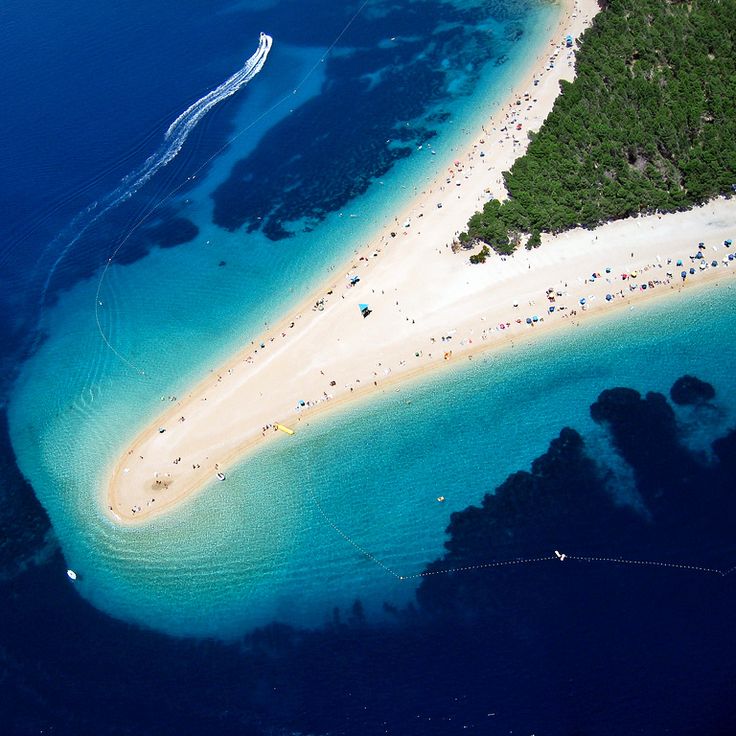
Bol, Croatia
Zlatni Rat Beach forms a 500-meter peninsula of white pebbles extending into the Adriatic Sea. This natural formation continuously changes its shape due to the action of winds and ocean currents. The tip of the peninsula shifts depending on wind direction and wave patterns, causing the beach contours to move over time.
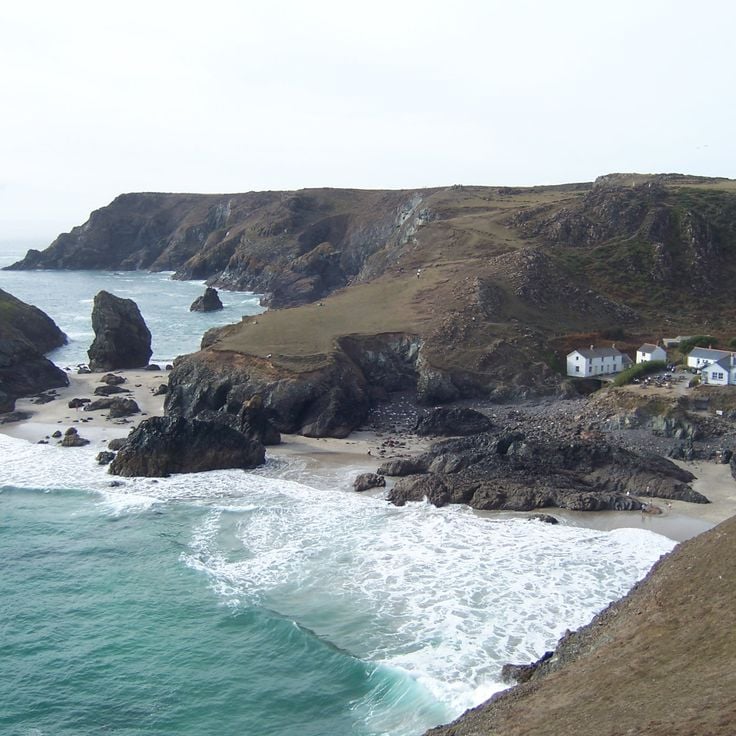
Cornwall, England
Kynance Cove sits on the Lizard Peninsula and provides access to a sheltered beach at low tide. The shoreline features green serpentine rocks, which differ from other coastal formations due to their high magnesium content. White sand contrasts with the dark cliffs and clear water. Several small islands and rock formations rise from the sea. Tides determine the accessibility of different areas of the cove.
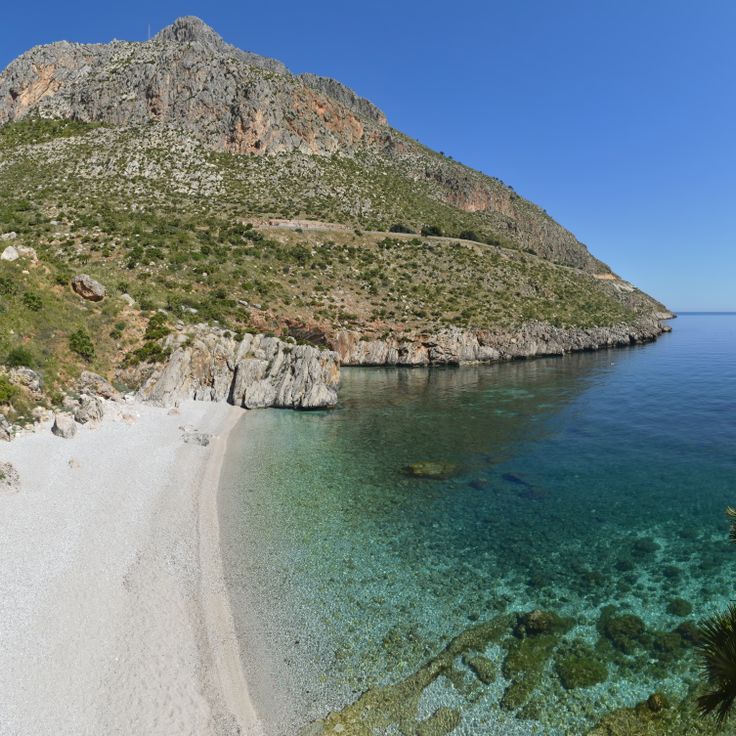
Sicily, Italy
Cala Tonnarella sits within the Lo Zingaro Nature Reserve on the northwest coast of Sicily. This beach stretches along a rocky coastline of white limestone, surrounded by dense Mediterranean scrubland. The water is clear and suitable for snorkeling among the rock formations. Access is via a hiking trail through the reserve that connects several coves. The vegetation includes dwarf palms, carob trees, and wild olive trees that extend down to the shoreline.
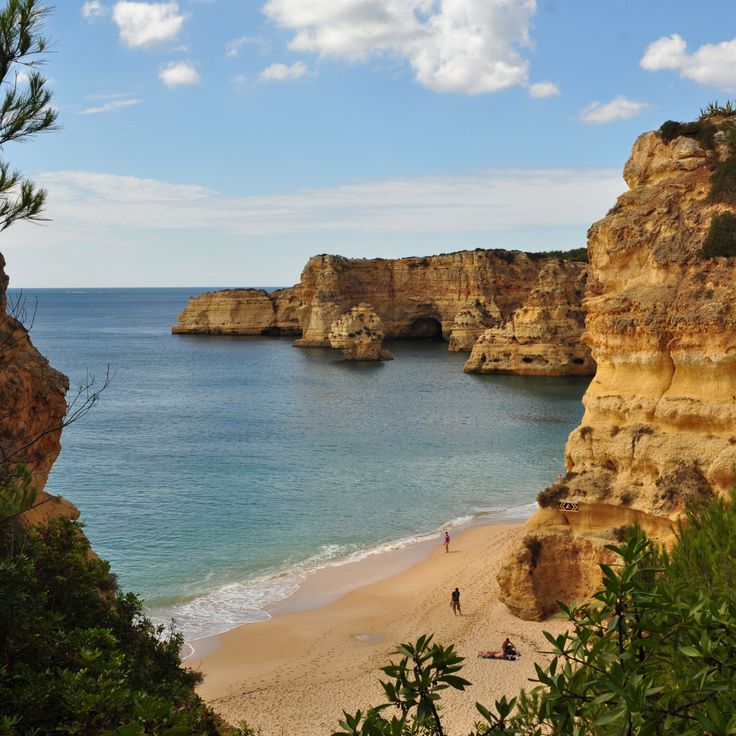
Algarve, Portugal
Praia da Marinha sits on the Algarve coast and is considered one of Portugal's finest beaches. The cove is framed by tall limestone cliffs that have formed natural arches and caves through erosion over time. The clear turquoise water offers opportunities for snorkeling and exploring underwater rock formations. Access is via a staircase leading down from the parking area. The golden sand beaches attract visitors during the summer months.
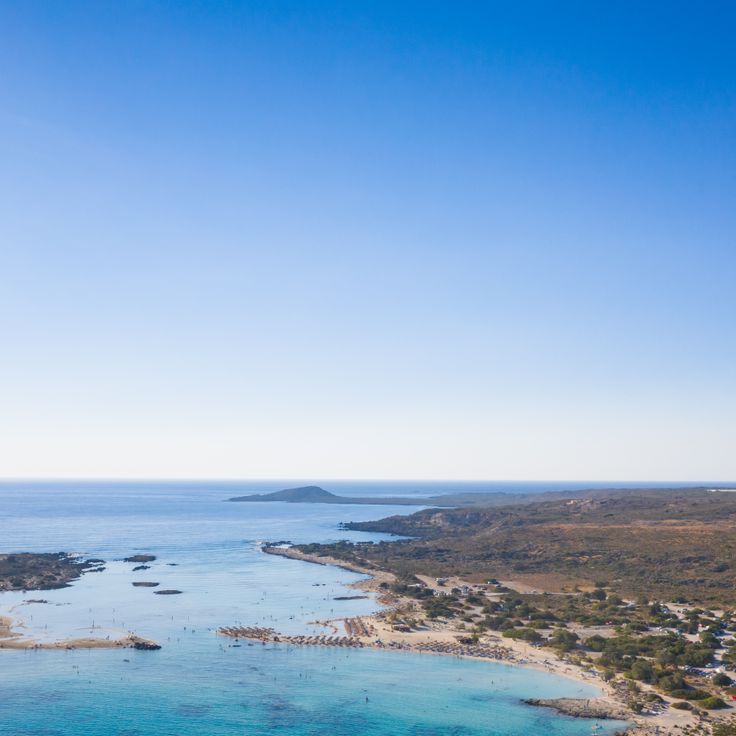
Crete, Greece
Elafonisi Beach stretches along the southwestern coast of Crete, characterized by its pinkish sand formed from crushed seashells. The turquoise waters remain shallow for considerable distances, allowing visitors to wade across to the small island offshore. Cedar forests and dune systems with endemic plant species define the protected environment of this secluded coastal area.
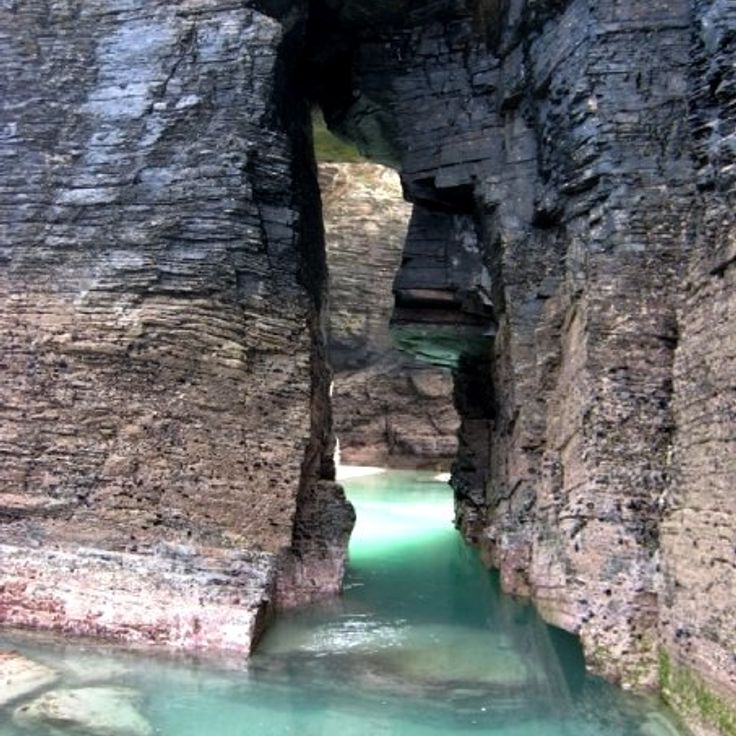
Ribadeo, Spain
Playa de las Catedrales sits along the Galician Atlantic coast and reveals a coastal relief of stone arches and caves shaped by erosion at low tide. The natural slate rock formations reach heights of up to 30 meters. Access to the beach is tide-dependent and requires prior authorization during summer months. The geological structures allow passage through the arches and exploration of rock recesses when water levels are low.
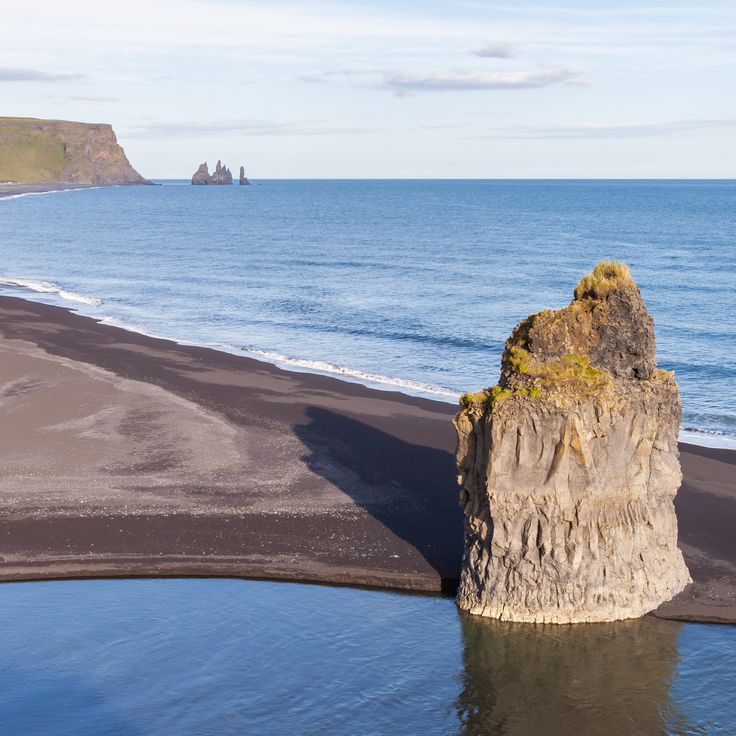
Vik, Iceland
Vik Beach stretches along Iceland's southern coast, displaying volcanic black sand formed from surrounding lava formations. Basalt columns rise from the shore, creating geometric structures shaped by millennia of erosion. Steep sea cliffs border the beach, providing nesting sites for seabirds. The Reynisdrangar rock stacks emerge from the Atlantic Ocean offshore, their dark forms contrasting with white surf and grey skies typical of this coastal region.
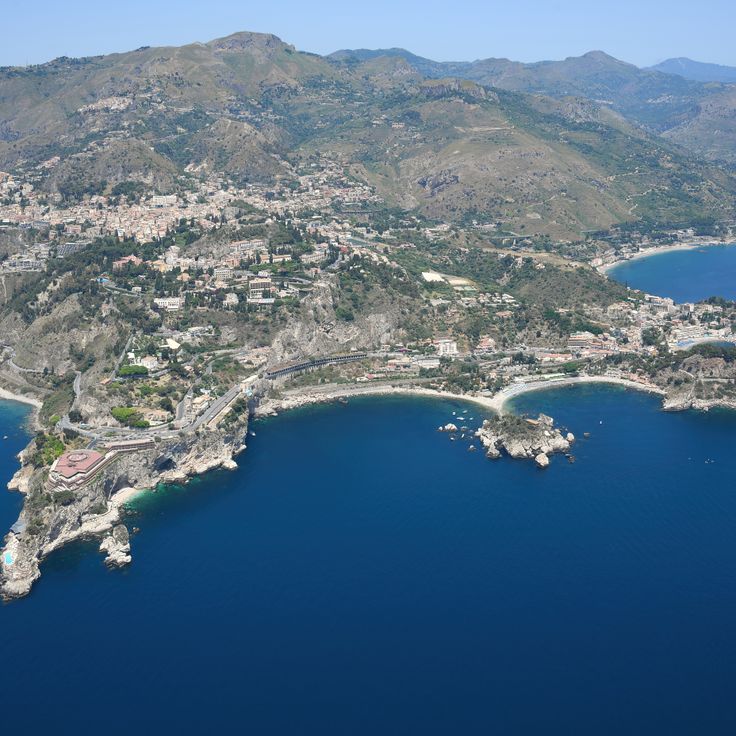
Taormina, Sicily, Italy
Isola Bella Beach sits below Taormina on the eastern coast of Sicily. This small bay features a narrow sand strip that connects the mainland to a wooded rocky island, accessible depending on tides. The turquoise waters of the Ionian Sea surround the island, which now serves as a nature reserve. Access is via a stairway or cable car from the historic town center above.
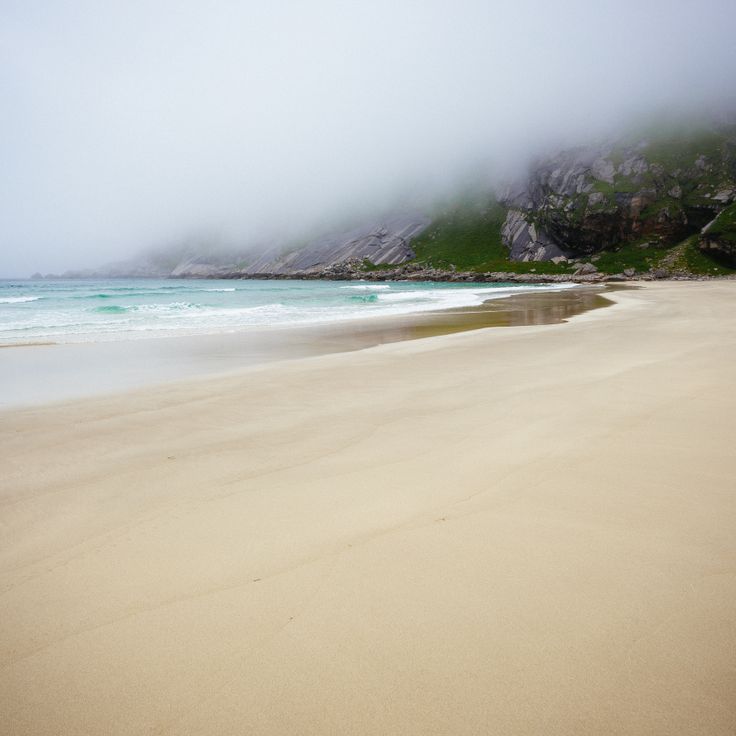
Lofoten, Norway
Bunes Beach sits between steep granite cliffs on the western side of Moskenesøya island. The 700-meter sandy stretch is accessible only through a two-hour hiking trail or by boat. The waters of the Norwegian Sea remain cold throughout the year, while the surrounding mountains provide shelter from strong winds. The bay displays different conditions depending on weather, from calm waters to moderate surf. Abandoned fishermen's huts from the 19th century stand at the northern end of the beach. The location within the Arctic Circle brings midnight sun during summer months and possible northern lights in winter.
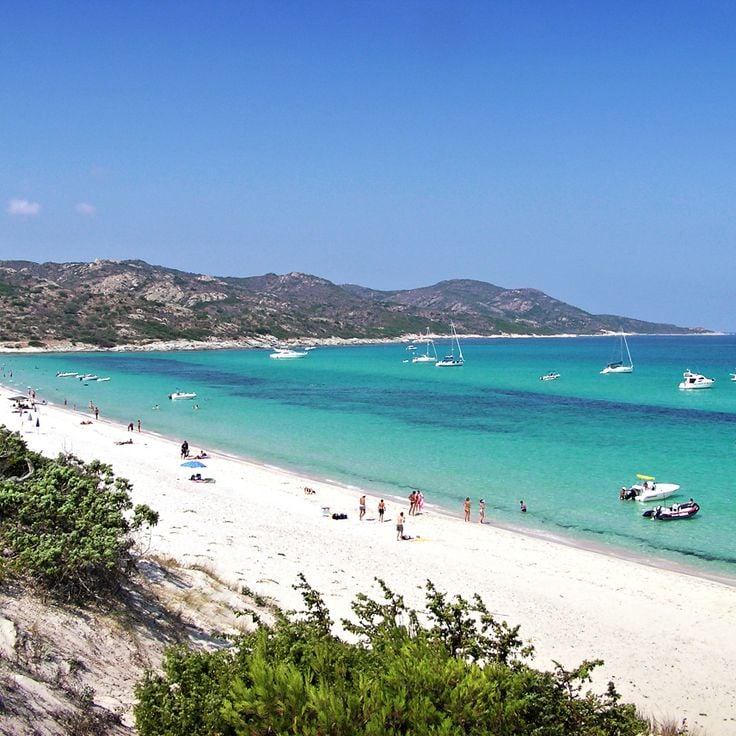
Desert of Agriates, Corsica, France
Plage de Saleccia stretches for one kilometer along the northern coast of Corsica within the Desert of Agriates nature reserve. The fine white sand contrasts with the turquoise Mediterranean waters, surrounded by Mediterranean scrubland and pine trees. The beach's remoteness stems from its accessibility only by boat from Saint-Florent or via an unpaved track requiring an off-road vehicle. The shallow waters are suitable for swimming, while the natural environment remains preserved without commercial facilities.
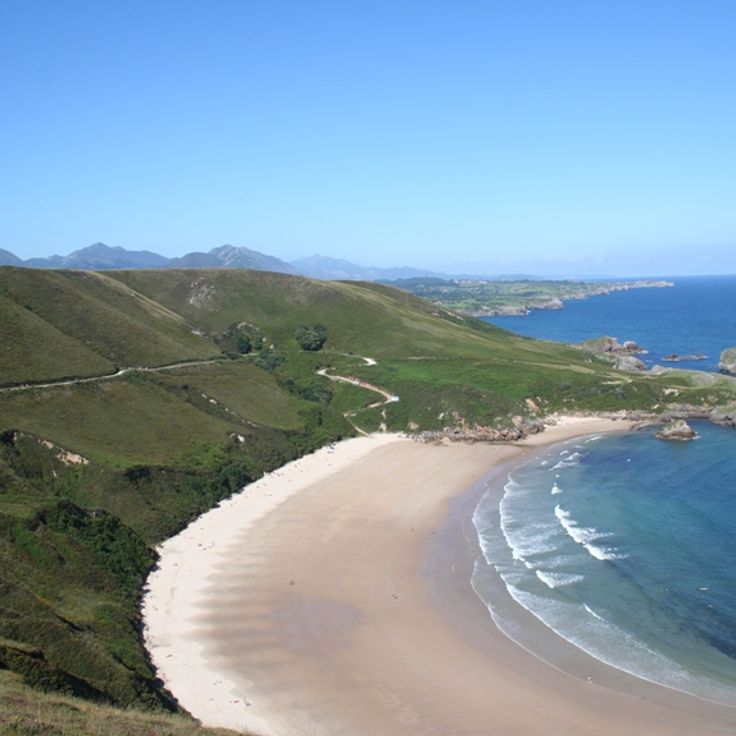
Niembro, Asturias, Spain
This 500-meter sandy beach sits in a semicircular bay along the Asturian coast, enclosed by wooded cliffs. Playa de Torimbia is accessed via a footpath from the village of Niembro and remains relatively undeveloped due to its location. The beach includes a designated naturist section in the eastern part and attracts visitors seeking quieter surroundings away from crowded coastal areas. The bay provides shelter from strong winds, and the clear waters are suitable for swimming in calm conditions.
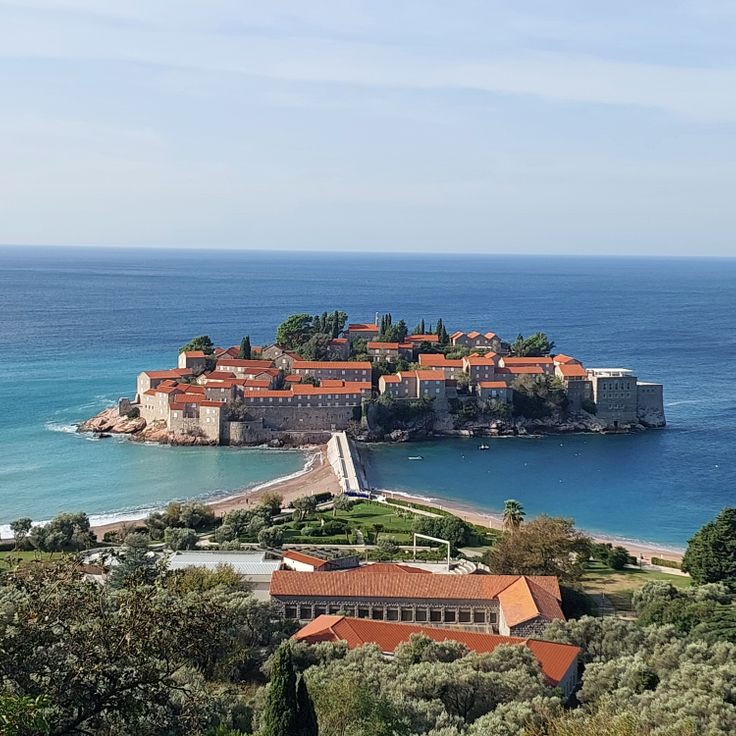
Budva, Montenegro
Sveti Stefan Beach stretches along the Adriatic coast, facing a fortified island dating from the 15th century. The small rocky islet is connected to the mainland by a narrow causeway and houses a historic village now operating as a hotel complex. The pebble beach provides access to the clear waters of the Adriatic Sea and is divided into a public section and a private area for hotel guests. Red-tiled roofs of old stone houses characterize the island's appearance, while surrounding hills are covered with Mediterranean vegetation.
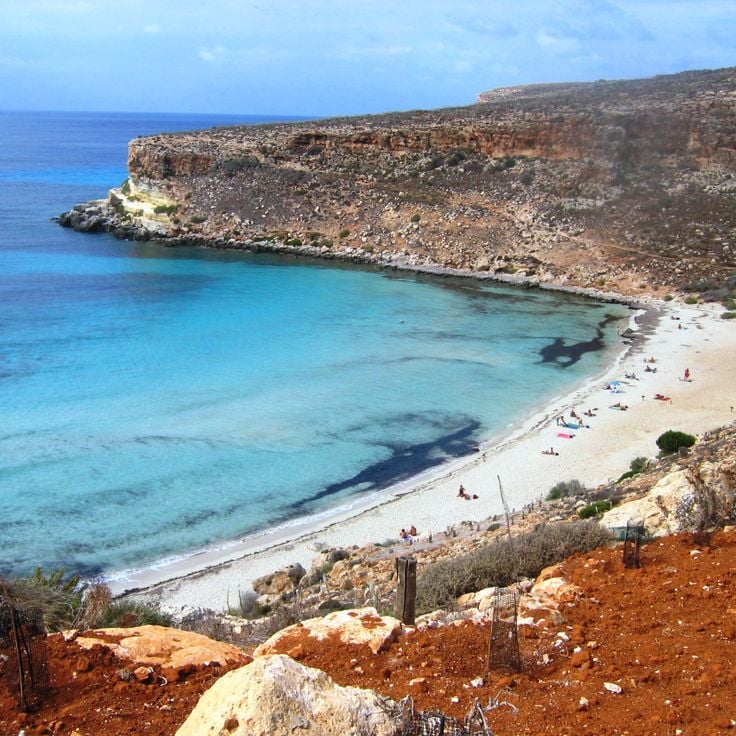
Lampedusa, Italy
Rabbit Beach stretches along the southern coast of Lampedusa, offering fine white sand and turquoise waters. This beach sits within a protected cove and faces the small Isola dei Conigli, which takes its name from the rabbits that once inhabited the island. The shallow waters provide suitable conditions for swimming, while the surrounding cliffs offer walking paths. The beach forms part of a nature reserve and serves as a nesting site for sea turtles.
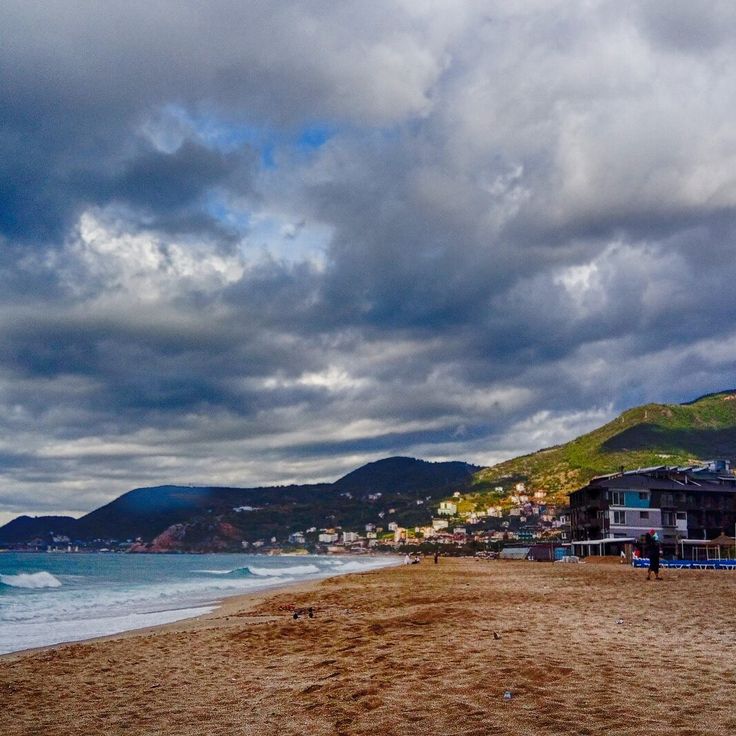
Alanya, Turkey
Kleopatra Beach stretches for two kilometers along the Turkish Mediterranean coast in Alanya. The fine sandy beach lies below a historic Seljuk fortress that rises on the hill. The water is clear and suitable for swimming. The promenade runs parallel to the beach and provides access to local restaurants and shops. The beach is equipped with sanitary facilities and sunbed rental services.
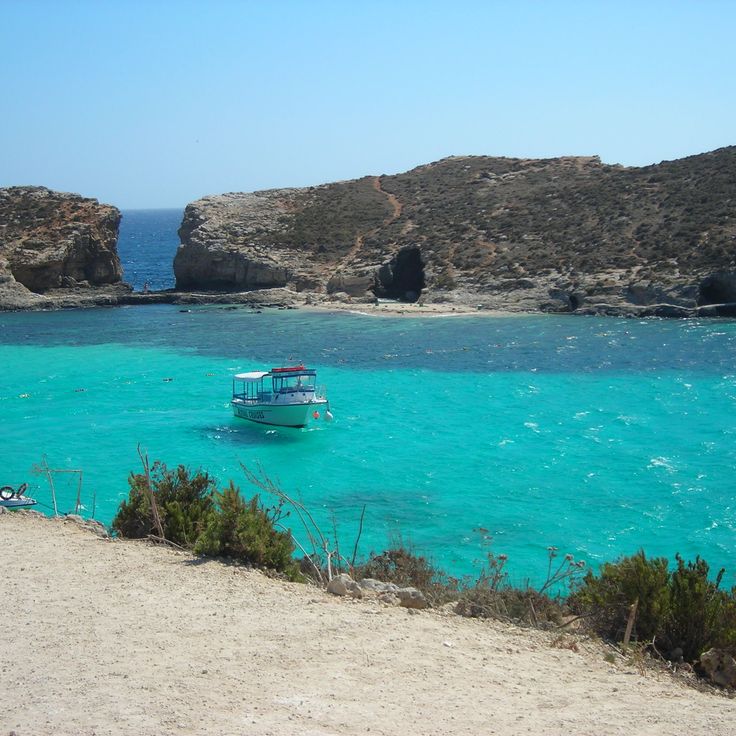
Comino, Malta
Blue Lagoon Beach occupies a natural bay situated between Comino and Cominotto islands. The turquoise waters remain shallow across much of this bay, allowing visitors to wade far from shore. A sandy beach provides access to this sheltered inlet, which is surrounded by limestone cliffs. This coastal formation attracts swimmers and snorkelers who appreciate the clear water and underwater visibility. The position between the two small islands creates natural protection from stronger currents.
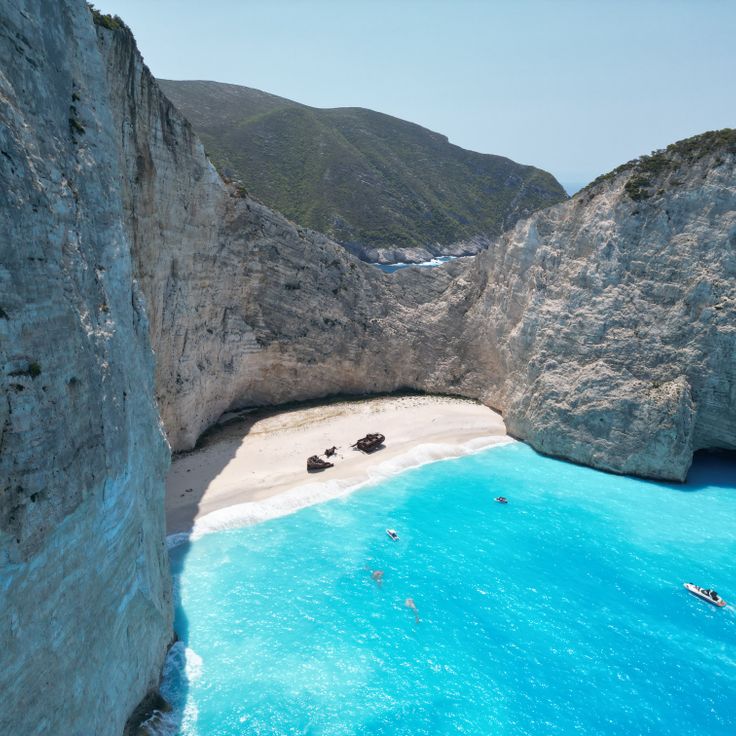
Zakynthos, Greece
Navagio Beach sits on the northwest coast of Zakynthos and can only be reached by boat. The wreck of the MV Panagiotis, a smuggler ship that ran aground in 1980, rests on the white pebble shore. The cove is enclosed by vertical limestone cliffs that rise approximately 200 meters. The turquoise waters contrast with the pale rocks and the rusting shipwreck. The bay is sheltered from winds and the sea remains mostly calm. Visitors arrive from Porto Vromi harbor or from Zakynthos Town.
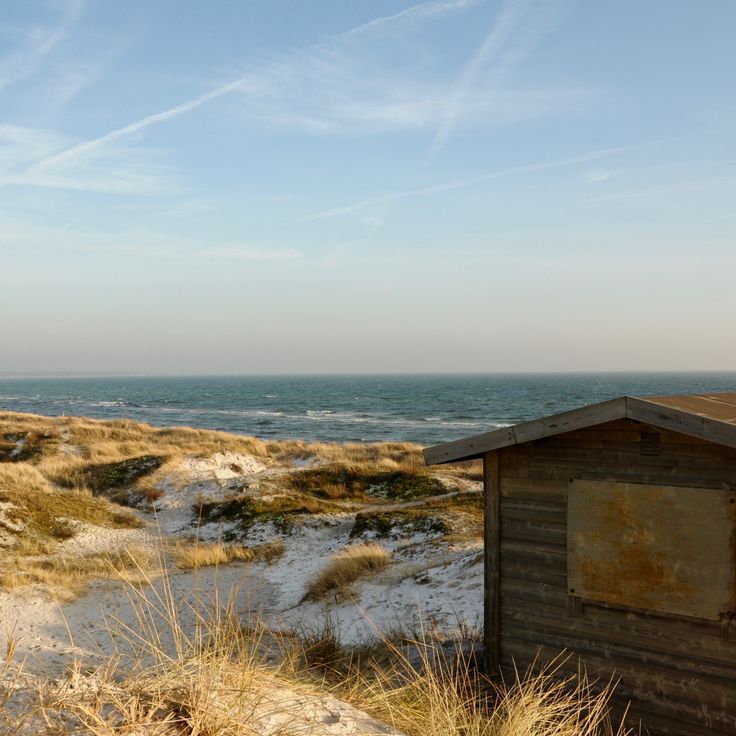
Skanör, Sweden
Falsterbo Beach stretches along the Baltic Sea coast on the Falsterbo peninsula, offering a wide sandy shore that extends for several kilometers. The adjacent nature reserve serves as an important stopover for migratory birds traveling between northern and southern Europe. The historical fishing village of Skanör preserves its traditional architecture with wooden houses and narrow streets that reflect its medieval herring trade heritage.

Portofino, Italy
The bay of San Fruttuoso sits between steep rock walls on the Ligurian coast and can only be reached on foot via hiking trails or by boat. In this sheltered cove stands the Abbey of San Fruttuoso di Capodimonte, a 10th-century former Benedictine monastery with Byzantine influences. The building now houses a museum and the burial site of the Doria family. Offshore at a depth of eight meters lies the bronze statue Cristo degli Abissi, which attracts divers and snorkelers.
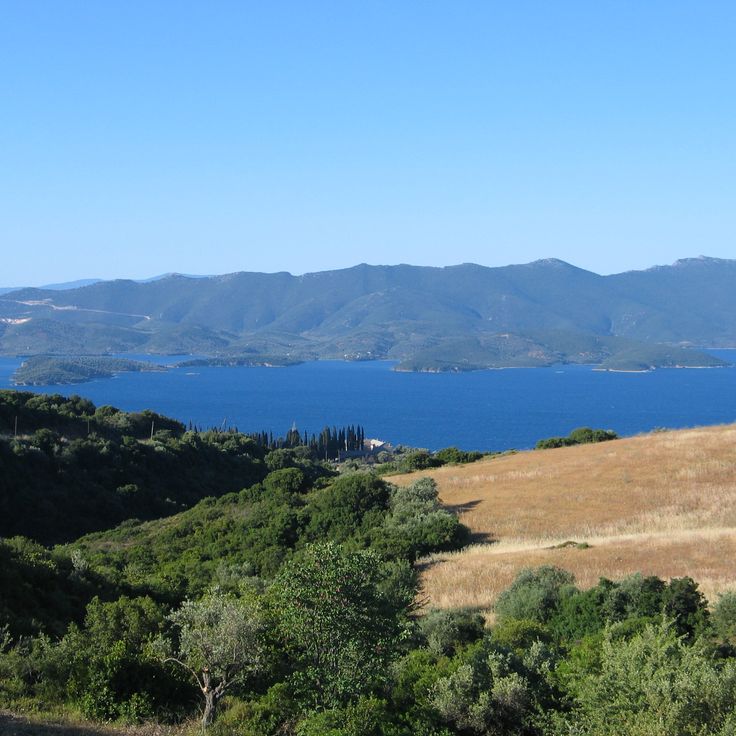
Thessaly, Greece
The beaches of Pelion stretch along the eastern coast of the peninsula and offer numerous bays with pebble shores. These beaches lie at the foot of forested mountain slopes, where chestnut, beech and plane tree forests extend down to the sea. The waters of the Aegean Sea are clear and deep here. Several of these bays are accessible only on foot or by boat, making them less frequented than the beaches of the larger Greek islands.
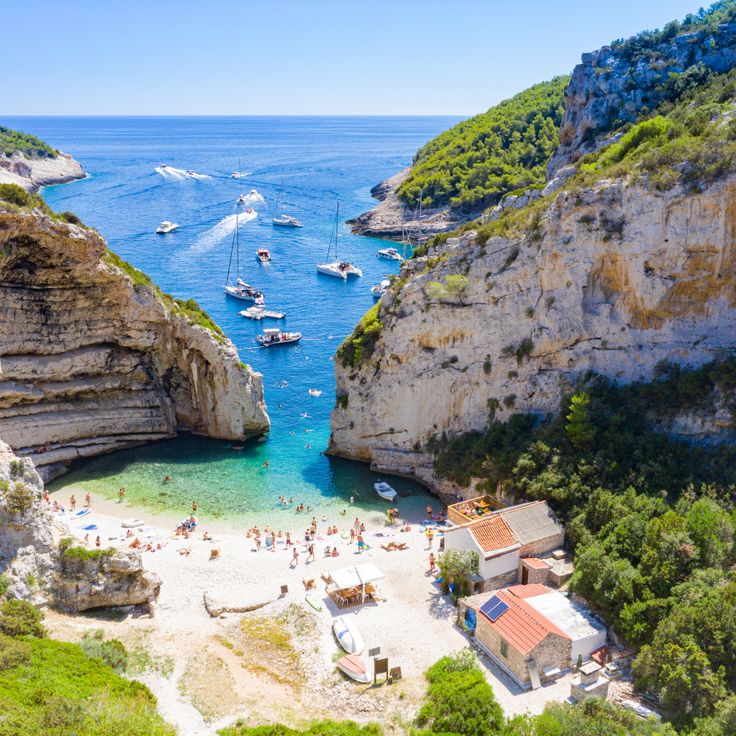
Vis, Croatia
Stiniva Beach sits on the southern coast of Vis island and can be reached by a steep footpath or by boat. This cove stretches approximately 35 meters in width and is enclosed by two massive limestone rock formations that rise up to 35 meters above sea level. Access to the open sea occurs through a narrow opening between the rocks, measuring only a few meters wide. The beach consists of smooth pebbles and sand, while the water remains clear and suitable for swimming.
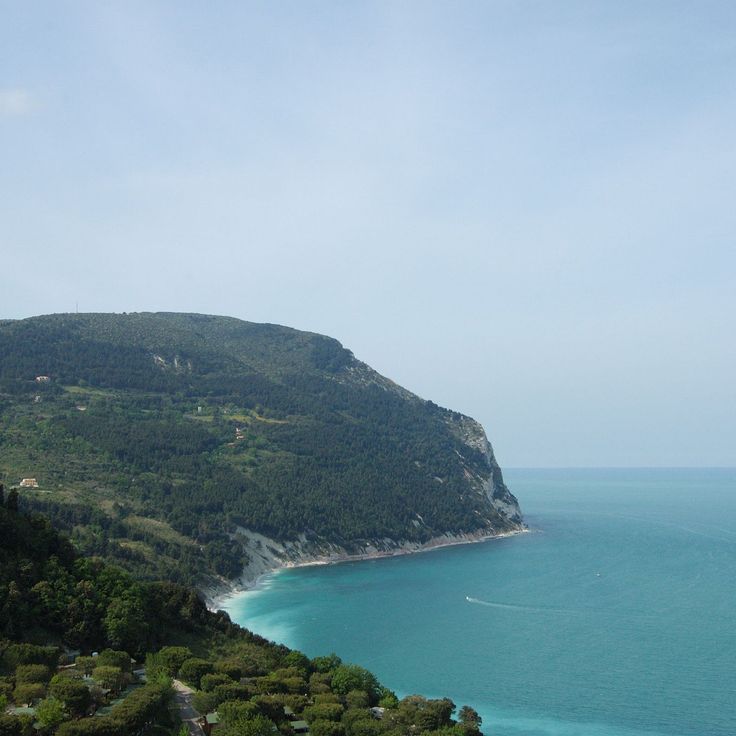
Marche, Italy
Monte Conero provides access to secluded beaches along the Adriatic coast, positioned between the sea and the limestone cliffs of the regional park. The beaches are reached by hiking trails or by boat. The area combines rocky coastal sections with small pebble coves. Several marked paths cross the park and lead to various viewpoints over the water.

Calabria, Italy
The beach at Capo Vaticano stretches along the Tyrrhenian coast with fine white sand and granite rocks framing the turquoise waters. From this coastal stretch, the Aeolian Islands and the active Stromboli volcano are visible on the horizon. The bay sits on a rocky promontory and offers several smaller beach sections separated by natural rock formations.
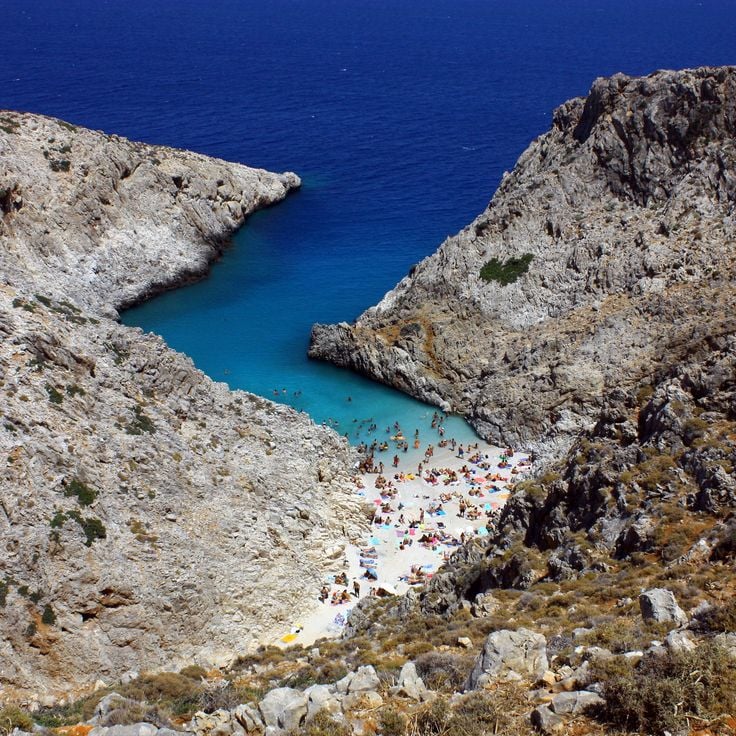
Crete, Greece
Seitan Limania sits in a narrow bay on the Akrotiri Peninsula, approximately 20 kilometers northeast of Chania. High limestone cliffs in pale shades surround the beach, forming a natural gorge that leads to the turquoise waters of the Mediterranean Sea. Access involves a steep descent on a rough path taking about 15 minutes. The beach consists mainly of pebbles and small stones. The sheltered location provides calm waters suitable for swimming. There are no facilities on site, so visitors should bring water and supplies. The cliffs offer shade during certain hours of the day.
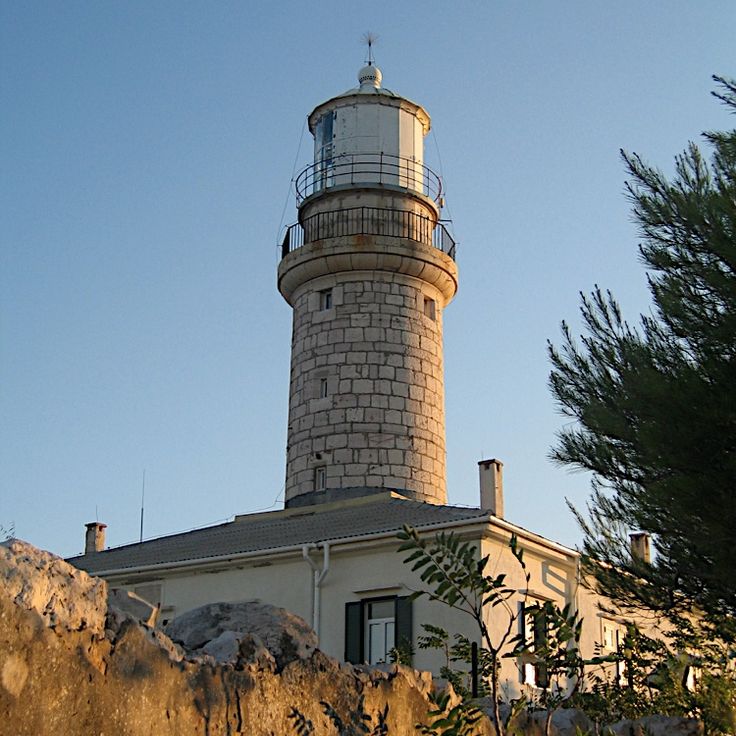
Lastovo, Croatia
Skrivena Luka is a protected cove on the coast of Lastovo Island. The pebble beach is surrounded by Mediterranean vegetation, including pine trees and native shrubs. A functioning lighthouse marks the eastern side of the bay and continues to serve navigation purposes. The clear waters are suitable for swimming and snorkeling. The cove can be reached by a hiking path or by boat, offering shelter from wind and waves.
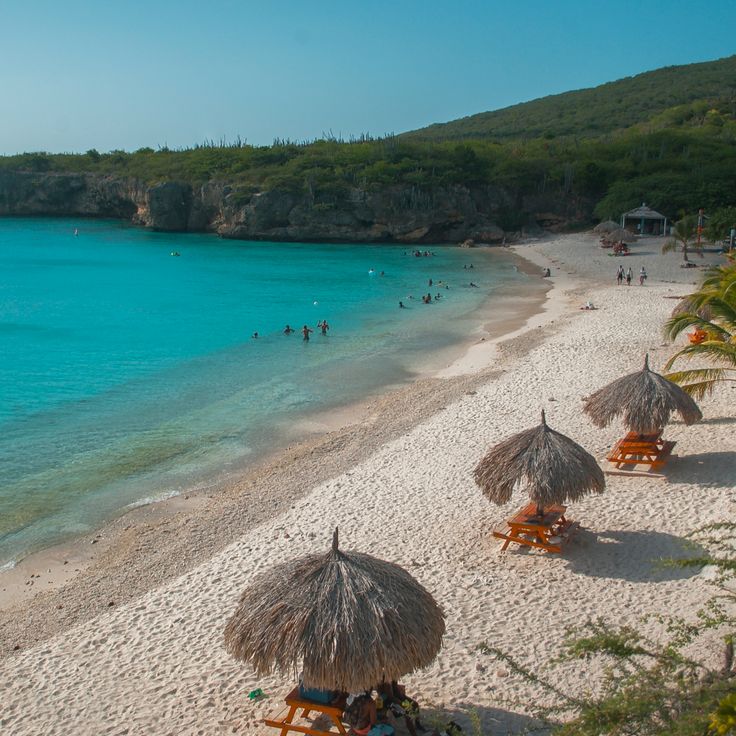
Curaçao
Knip Beach is located on the northwestern coast of Curaçao, framed by hills covered with vegetation. The water displays multiple shades of blue and remains shallow even at a distance from the shore. The bay is suitable for snorkeling as the sea is calm and clear. The sandy beach curves gently between the rocky outcrops. This beach attracts both locals and visitors who come to enjoy the warm Caribbean waters.
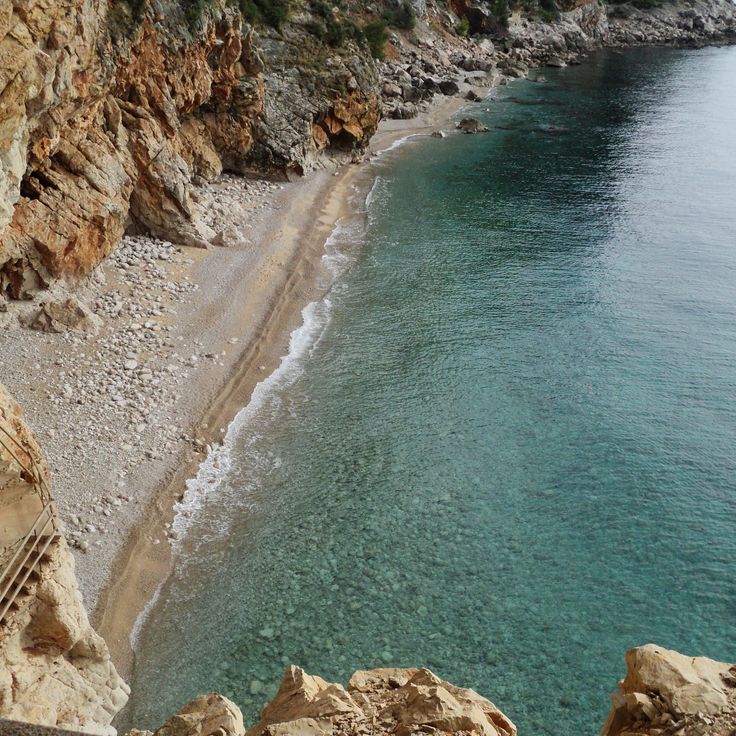
Croatia
Pasjaca Beach sits on the Dalmatian coast and requires descending a steep staircase of 200 steps to reach the shore. This pebble beach lies between towering limestone cliffs shaped by the sea. The turquoise waters of the Adriatic Sea provide good conditions for swimming and snorkeling. Access involves following a narrow path through Mediterranean vegetation.
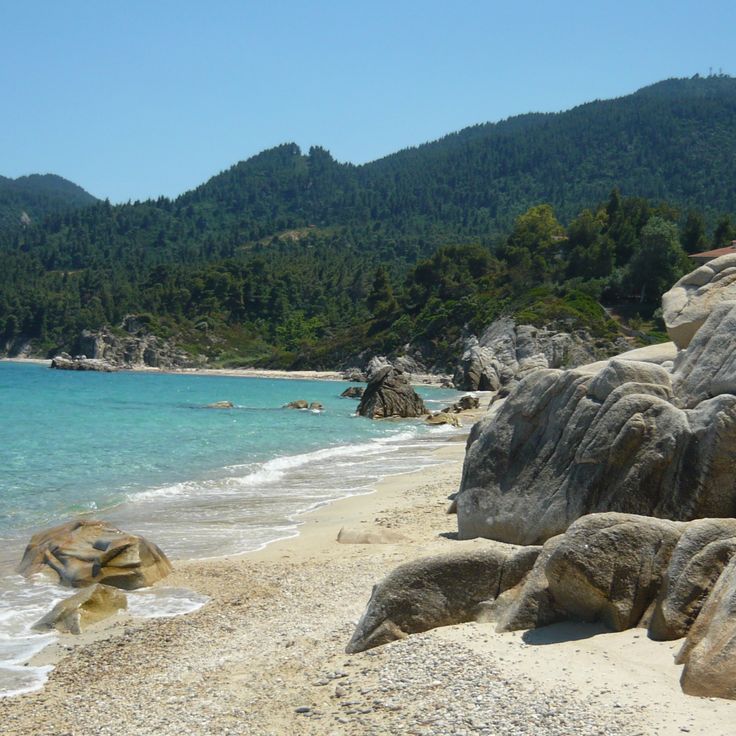
Sithonia, Greece
Fava Beach is located on the eastern coast of Sithonia in the Chalkidiki peninsula. This sandy beach stretches 300 meters along the coastline and features clear turquoise water. A pine forest forms the natural backdrop of the beach and provides shade. The bay is accessible from the main road via an unpaved access route. The shallow water is suitable for swimming and snorkeling.
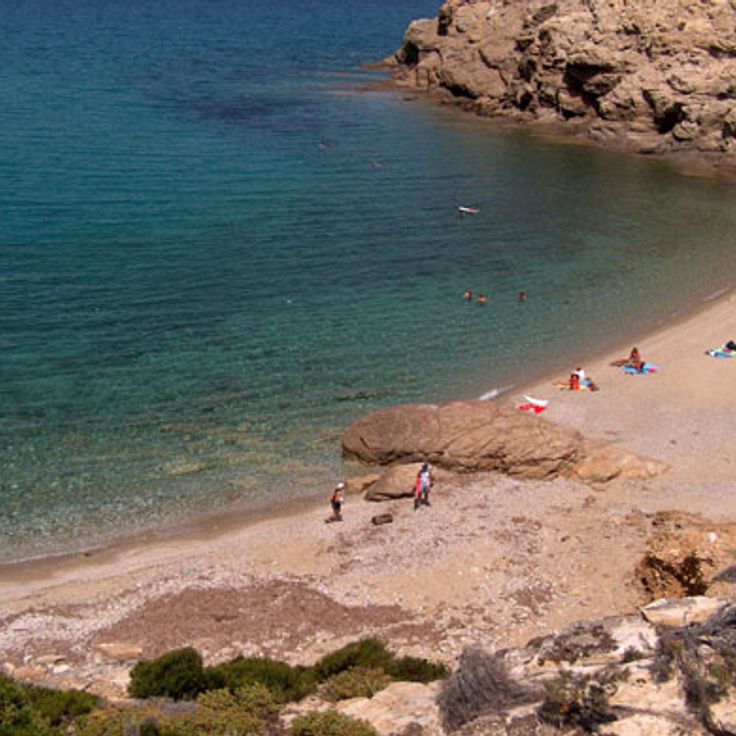
Skiathos, Greece
Aselinos Beach stretches for one kilometer along the northern coast of Skiathos. The dark sand contrasts with the clear waters of the Aegean Sea. Tall hills covered with pine forests frame the beach and provide natural shelter from wind. The location makes access less frequent than other beaches on the island. The sea slopes gently and is suitable for swimming. The surrounding vegetation reaches the shore and provides shade in places.
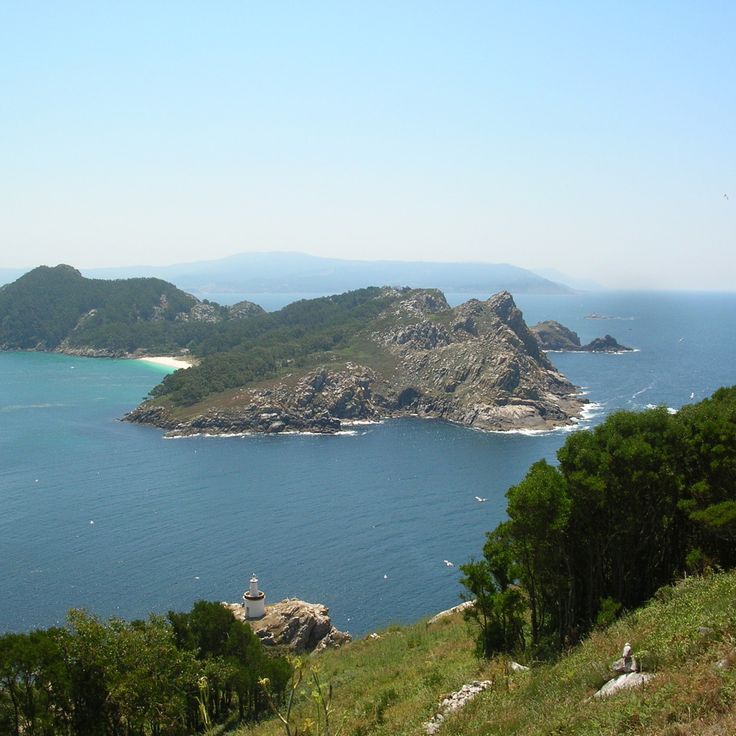
Galicia, Spain
The Illas Cies are an archipelago of three islands in the Atlantic Ocean off the Galician coast. These islands form part of the Atlantic Islands National Park and feature white sand beaches with turquoise waters. The sheltered position creates calm bays and warm temperatures. Visitors can only reach the islands by boat, and daily visitor numbers are limited to protect the natural environment.
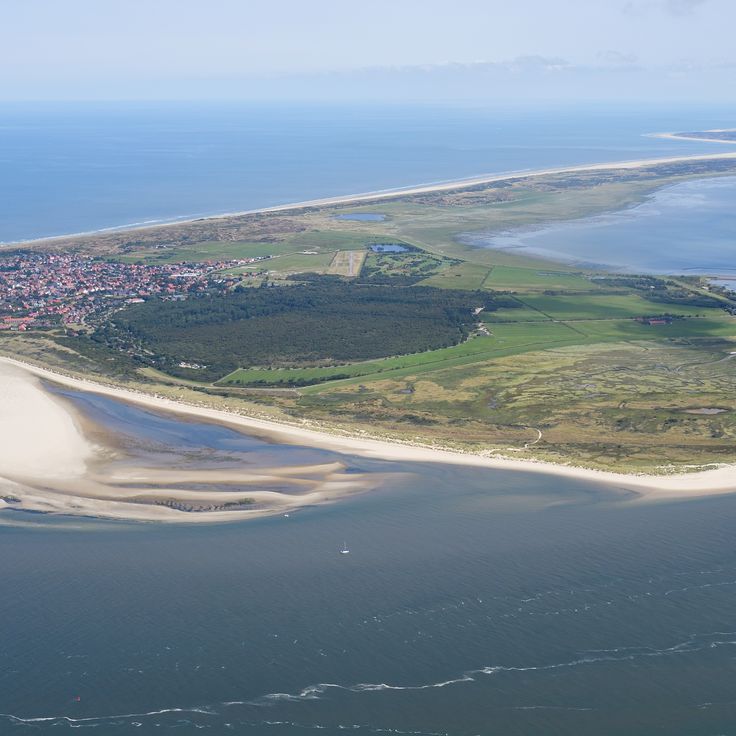
Lower Saxony, Germany
Langeoog is a car-free island in the North Sea that offers visitors 14 kilometers of sandy beach. This island belongs to the East Frisian Islands and can only be reached by ferry or plane. The Wadden Sea surrounding Langeoog has been designated a UNESCO World Heritage site and is home to numerous bird species as well as diverse marine flora and fauna. The island features dune landscapes, salt marshes, and a historical water tower that now serves as an observation platform.

Saint-Tropez, France
This five kilometer stretch of fine sand extends along a protected bay on the French Riviera between Saint-Tropez peninsula and Cap Camarat. Pampelonne Beach is divided into several sections, each with its own character, featuring beach clubs, restaurants, and public access areas. The beach offers calm waters thanks to its sheltered position and provides facilities ranging from casual dining spots to upscale establishments.